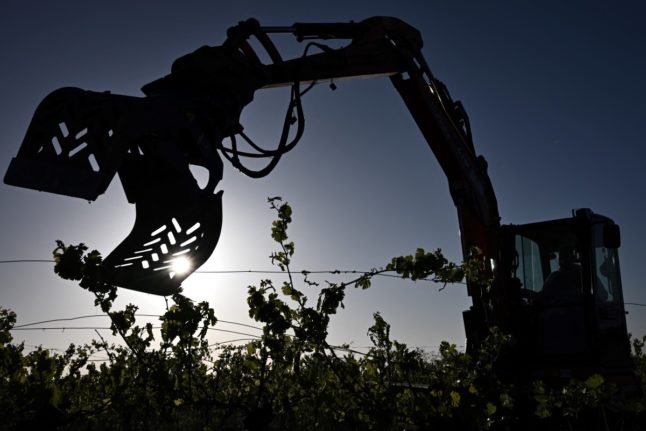Conservation workers are now picking through undergrowth to individually remove protected snails blocking the planned tram route – one by one.
“Here’s a little one!” shouted Oriane Josserand after just a few minutes of looking during an evening operation.
The small Quimper snails, which live in western Brittany and northern Spain, have given property developers in the region cold sweats since football club Stade Brestois had to abandon a planned training centre in 2012.
Campaigners also attempted to enlist them against a project to build a gas-fired power plant in mainland France’s westernmost department Finistère.
READ ALSO Do the French really eat snails, frogs and horses?
When laying out the city’s second tram line, Brest authorities found “it was impossible to avoid all Quimper snail habitats,” said Caroline François-Even of Biotope, an agency that produces environmental studies.
Instead, the city decided to move as many snails as could be found from the planned route over four rainy evenings in November, just before the gastropods enter hibernation.
In the first operation last week, 92 snails and two black-and-yellow fire salamanders – another protected species – were brought to a new habitat nearby.
“By protecting the snails, we’re also protecting its habitat and a whole range of species that live there,” said Biotope ecologist Timothee Sherer.
Workers have set up tarps to prevent the snails from inching back onto the construction site.
Bretagne Vivante, a Brittany-wide environmental group, believes Brest is “making an effort” to “sort out the problem in a gentle way,” said Jean-Noel Ballot, one of the organisation’s managers.
As well as the snails, planners have had to contend with 75 protected species from orchids to small birds, newts and bats along the tram’s route.



 Please whitelist us to continue reading.
Please whitelist us to continue reading.
Member comments